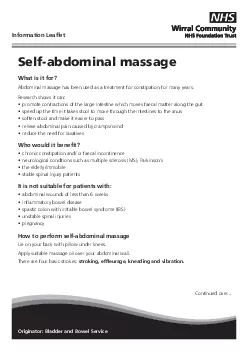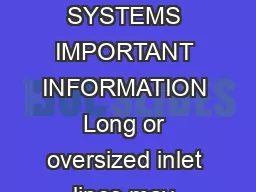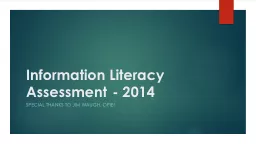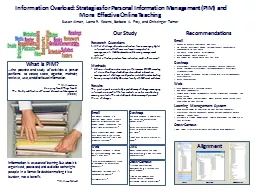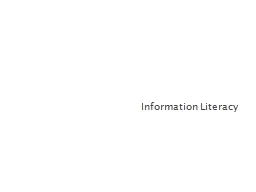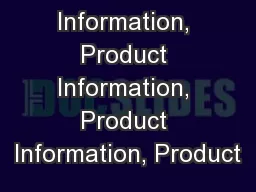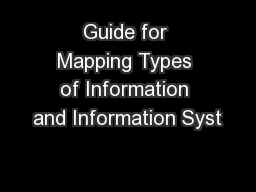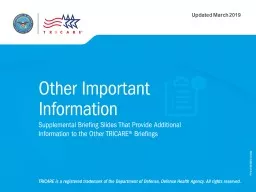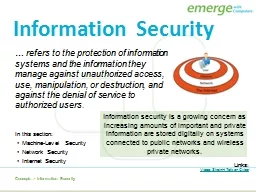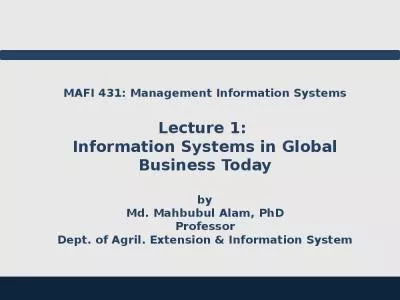PDF-Information Lea31et
Author : audrey | Published Date : 2021-09-25
What is it forAbdominal massage has been used as a treatment for constipation for many yearsResearch shows it canpromote contractions of the large intestine which
Presentation Embed Code
Download Presentation
Download Presentation The PPT/PDF document "Information Lea31et" is the property of its rightful owner. Permission is granted to download and print the materials on this website for personal, non-commercial use only, and to display it on your personal computer provided you do not modify the materials and that you retain all copyright notices contained in the materials. By downloading content from our website, you accept the terms of this agreement.
Information Lea31et: Transcript
Download Rules Of Document
"Information Lea31et"The content belongs to its owner. You may download and print it for personal use, without modification, and keep all copyright notices. By downloading, you agree to these terms.
Related Documents

